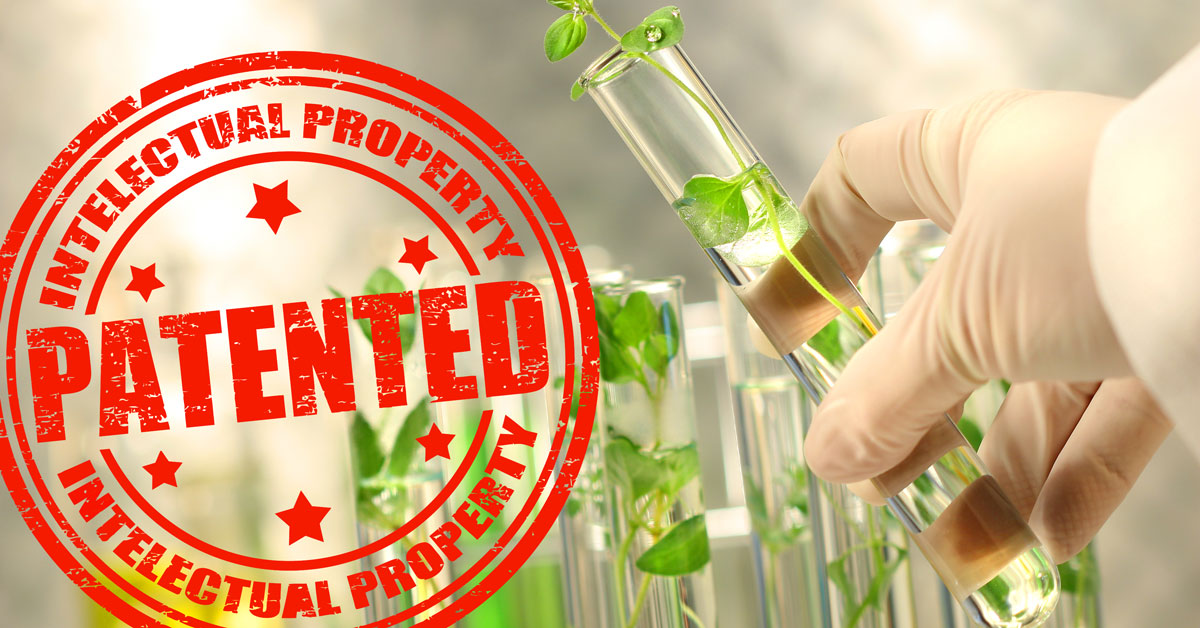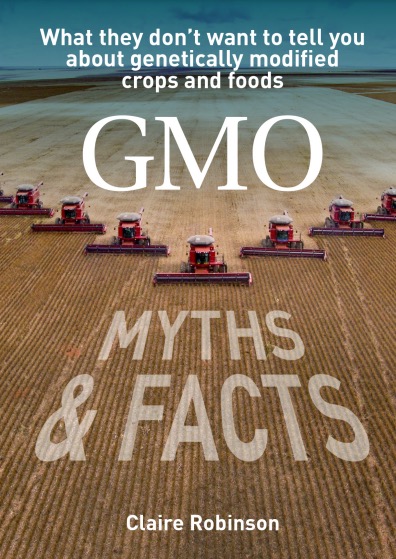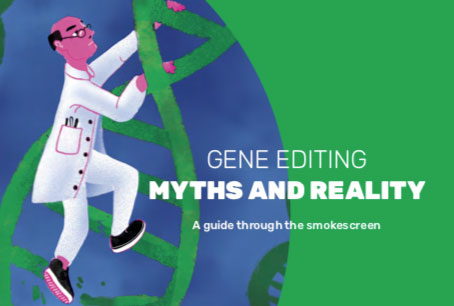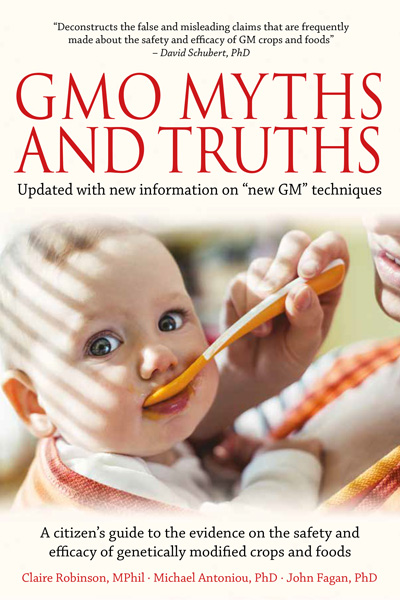 ARCHE NOAH briefing shows that EU institutions have the legal power to act
ARCHE NOAH briefing shows that EU institutions have the legal power to act
A complex mix of patents and new genetic engineering threatens our agriculture, according to a new legal analysis by ARCHE NOAH. Different patent rules at different political levels create major legal loopholes. While plants resulting from classical breeding – crossing or selection – are excluded from patentability in Europe, the processes and products of old and new genetic engineering are patentable. “Large corporations combine different methods and claims in their applications in order to obtain patents with the widest possible scope. Abolishing risk assessment for new genetic engineering could further exacerbate this problem,” says Katherine Dolan, seed policy expert at ARCHE NOAH. The organisation has repeatedly pointed out to various political actors that corporations and their patent lawyers have created an impenetrable thicket of patent rules and claims. Now is the time to act.
Small and medium-sized breeders and farmers have no chance to navigate the complex and growing web of patents on plants and their characteristics. “The new ARCHE NOAH analysis makes clear that EU institutions can and must act quickly to bring order to the patent thicket,” says Katherine Dolan. This analysis shows which patents on plants and breeding processes are currently possible, and what impact they could have on agriculture, diversity and our food system. The paper also describes the various political levels (WTO TRIPS Agreement, European Patent Organisation, European Unitary Patent, and national patent rules) and proposes solutions from various institutions. In particular, it analyses patents on processes and results of new genetic engineering methods.
The European Commission and many member states want to relax controls on new genetic engineering (NGTs). What is being sold as “deregulation” would be a backdoor approval of new genetic engineering. Patents on important plant characteristics (resistance to new viruses or heat) are already threatening the work of small and medium-sized breeders. “In the case of deregulation of NGTs, important plant traits would be even more concentrated in the hands of a few large corporations,” says Dolan.
The ARCHE NOAH analysis clarifies that the TRIPS agreement, often used as an excuse, actually allows for a prohibition of all patents on plants and animals. Under TRIPS the existing legal regime for the protection of new plant varieties (plant variety rights) in the EU is sufficient to protect the intellectual property of breeders. Patents on classical breeding, including random mutations, could be stopped particularly quickly. The Austrian patent law already explicitly prohibits such patents. The EU institutions could also quickly limit the coverage of patents to genetic engineering and its results. Breeders who work without genetic engineering would thus be granted a ‘patent-free zone’. This is crucial, as patents on classical breeding are on the rise.
In its 2024 position on the NGT file, the European Parliament called for a stop to all patents on plants developed through either classical breeding or new genetic engineering. However, the Council of Agriculture Ministers and the European Commission reject any substantial changes to EU patent law. A ban on all patents on plants and animals, including on genetically modified plants, would require an amendment of the European Patent Convention.
“Weakening oversight of new genetic engineering would deepen farmers’ and independent breeders’ dependence on a handful of powerful patent-holding seed corporations and increase their risk of being targeted by costly patent infringement lawsuits. The European Parliament must clearly defend its position against plant patents from 2024. If the European Commission and the Council refuse to stop patents on plants, the European Parliament must break off the trilogue negotiations,” says Dolan.
The ARCHE NOAH “Briefing on Patents on NGT plants and processes”:
https://www.arche-noah.at/media/briefing_on_patents_on_ngt_plants_and_processes_october_2025.pdf
Images: Depositphotos.com (licensed purchase)










